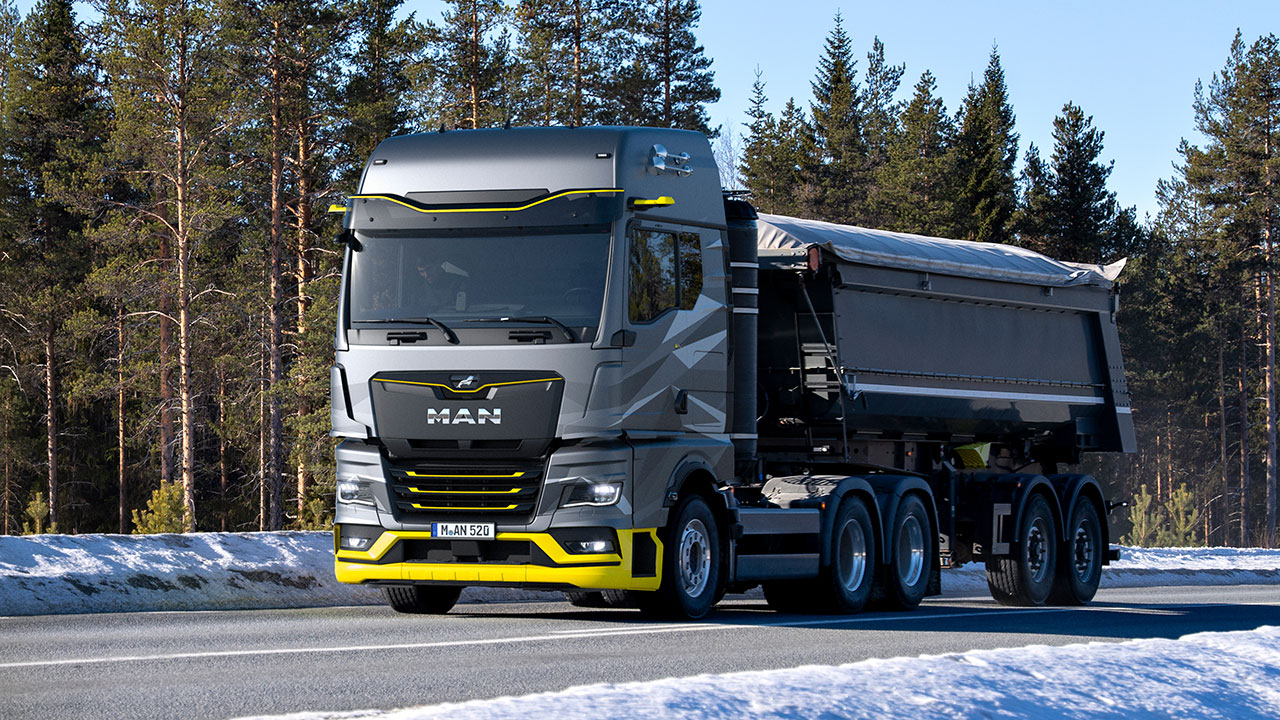The MAN hTGX trucks are designed with applications in construction work, tank transport, and timber transport in mind. They will come in 6×2 axle and 6×4 axle variants. The trucks boast an impressive range of up to 600 kilometers on a full tank of hydrogen. With a refuel time of less than 15 minutes, the hTGX aims to minimize downtime for operators.
These trucks feature the H45 engine, derived from the D38 diesel engine, delivering 383 kW (520 hp) and producing torque of 2500 Nm at 900-1300 rpm. Their hydrogen storage system operates at a pressure of 700 bar and has a tank capacity of 56 kg. Notably, their emissions are less than 1g CO2 per ton-kilometer. Production of these engines will take place in Nuremberg.
Friedrich Baumann, an executive board member at MAN Truck & Bus responsible for Sales and Customer Solutions, emphasized the significance of this launch. He stated: "The use of familiar technology enables us to enter the market at an early stage and thus provides a decisive impetus for the ramp-up of the hydrogen infrastructure. With the hTGX, we have now added an attractive product to our zero-emission portfolio."
MAN Truck & Bus also outlined its commitment to battery-electric vehicles (BEVs). The company plans to deliver its first battery-electric truck later this year and scale up production starting in 2025.
The introduction of the hTGX builds on MAN's long history with hydrogen-powered vehicles. In 1996, they presented their first hydrogen-powered bus at the Hanover Fair—a model named SL 202 city bus—which went into regular service in Munich a year later.
Hydrogen combustion engine technology offers fast power delivery suitable for special transports and shows potential for various applications besides trucks—such as trains on routes that can't be electrified, cranes, excavators, and even combined heat and power plants.
Source: MAN


